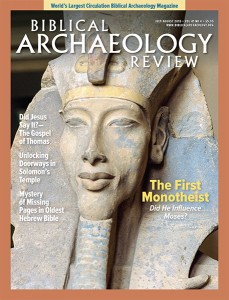The Mystery of the Missing Pages of the Aleppo Codex

The world’s oldest and most authoritative copy of the Hebrew Bible reposed for more than half a millennium in a synagogue in Aleppo, Syria, before it was desecrated in riots that followed the United Nations vote in 1947 calling for a Jewish state and an Arab state in the British mandate of Palestine. Known as the Aleppo Codex—or the Crown of Aleppo or simply the Crown—it was the work of scribes called Masoretes in Tiberias, Israel, on the Sea of Galilee in about 930 C.E. The Crown contained not only the holy words but also cantillation marks indicating how they should be chanted, other indications of how words should be pronounced and many footnotes (masora), large and small, commenting on textual issues.

From Tiberias, the Crown went to Jerusalem. Then it went to a synagogue in Fustat, outside of Cairo. It was here that the great Jewish exegete Moshe ben Maimon (better known by his Greek name Maimonides) relied on it in composing his Mishneh Torah, thereby firmly establishing the preeminent authority of the Crown.
Sometime in the second half of the 15th century, the Crown appeared in Aleppo. It is not clear how it got here, but here it acquired its name: the Crown of Aleppo (and its Hebrew name: Keter Aram Tzova).
Already a library member? Log in here.
Institution user? Log in with your IP address.

